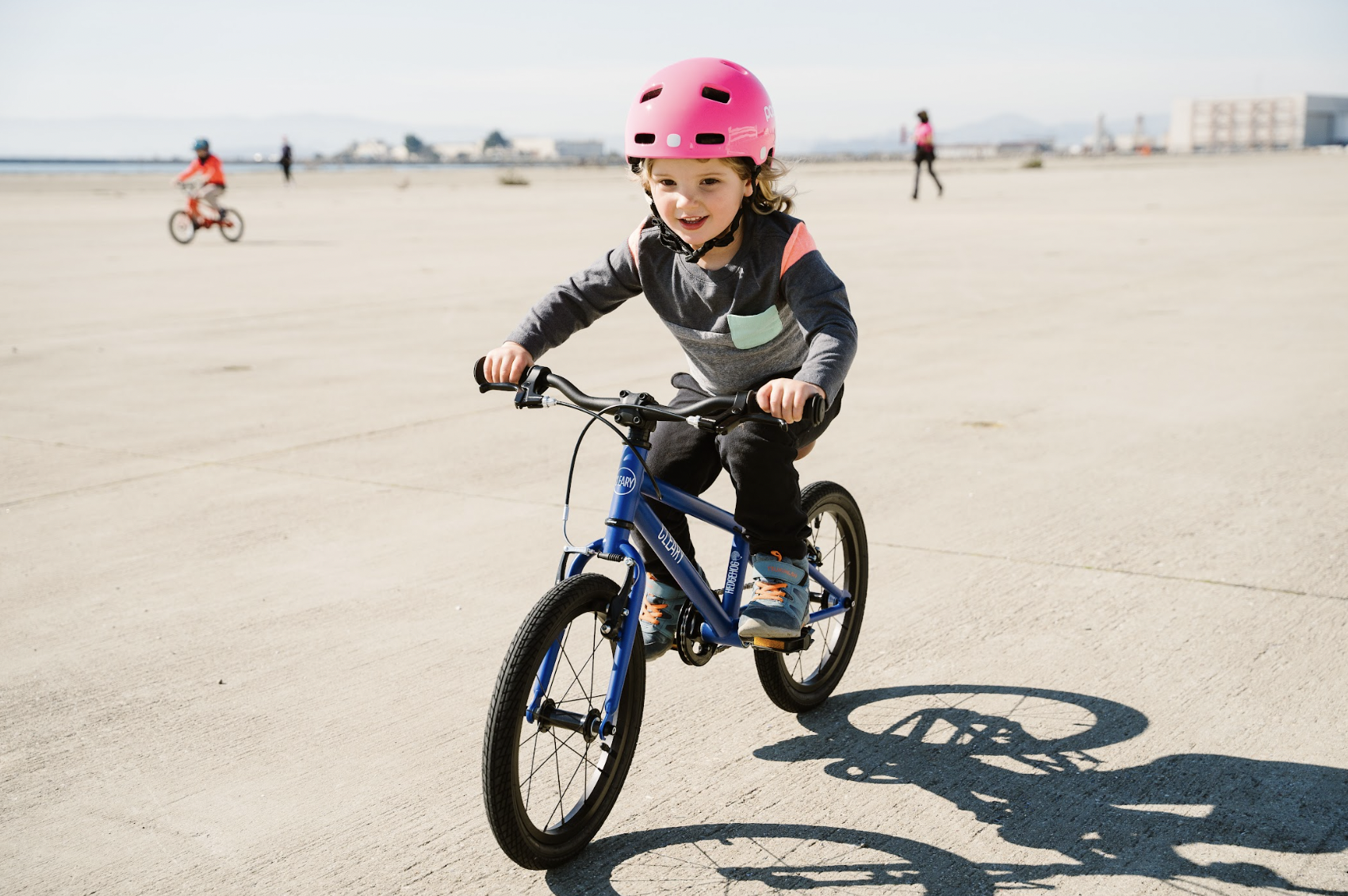
1-2-3: How to perform a quick safety check on your child’s bike
Kids’ bikes are subject to wear and tear, which is why maintaining them is essential for their longevity and safety. As a parent, you can
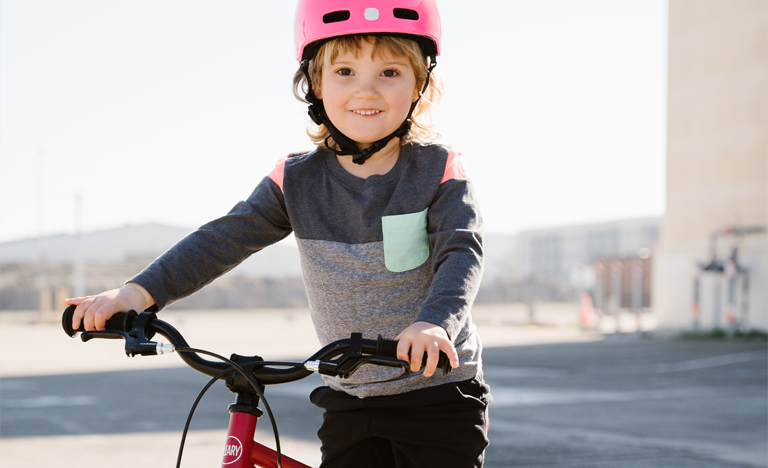
Learning to ride your first bike is a special right of passage for children. It’s an experience both you and your child will cherish for years to come.
Riding your first bike is more than just a fun activity; it’s a way for children to learn about balance, coordination, and road safety. Riding is also a fun family activity that helps your children learn to be independent while getting some outdoor exercise. Learning to ride a bike unlocks a skill that can be used for the rest of your child’s life.
We know how exciting buying your child their first bike is. But it can also be a bit confusing – especially for first-time parents. Just as kids come in all shapes and sizes, so too do bikes. Many parents wonder what age they should get their toddler their first bike and how to determine the best bike for 2-4 year-olds.
Children’s bikes are measured and sized differently from adult bikes, so it’s hard to know how to get your little one started and which bikes are best. This guide will help you find the best size bike for your toddler and teach you what to look out for when bike hunting.
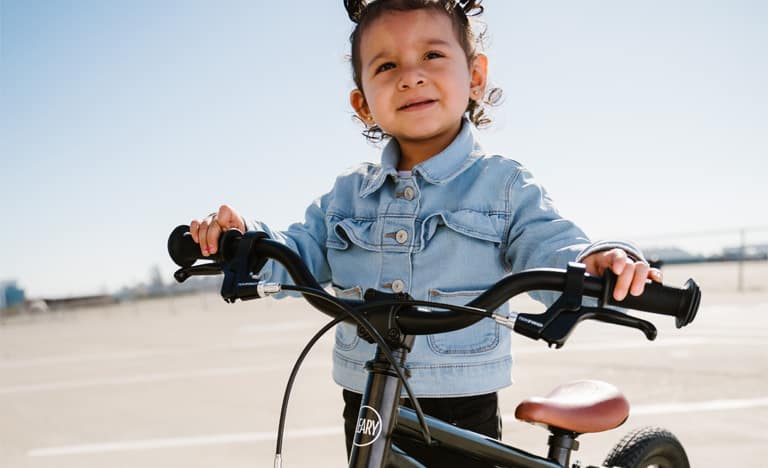
Most children will learn to ride a bike between the ages of three and eight. Of course, every child learns at their own pace, so there is no “right age” for your child to learn to ride. That being said, the sooner you start teaching your kids to ride bikes, the more years of riding fun they can have.
Several different developmental factors influence when a child is ready to learn to ride a bike. To ride a bike safely, a child must first have developed specific physical and mental abilities.
Physically your child must be able to stand and able to sit upon a bike seat unaided. They must also be able to pedal, which requires both physical ability and the ability to respond to directions.
Riding requires balance and coordination. These skills come easy to adults, but for children, this requires a certain level of mental and physical development that most children will start to develop from age two onwards.
Balance and coordination are essential, even on push bikes or balance bikes. To ride a real bike, your child needs to learn to balance while also steering and pedaling. As your child grows, they will develop these skills, and it’s important not to rush them.
Confidence is another important consideration when determining if your tot is ready to ride a bike. You can usually gauge a toddler’s confidence by their level of interest in bikes. For example, if your toddler has older siblings, they may have a strong desire to start learning. On the flip side, some children are scared or nervous of bikes, indicating it may be a bit too soon.
Remember, age is just a number. Your child’s level of development is more important than their birthdate in determining when they are ready to ride.
Many young children and babies get their first taste for riding on sit or ride-on toys. Ride-on toys are suitable for toddlers between 12 and 18 months. These are usually three- or four-wheeled bikes or other toy vehicles that help get kids used to scooting around. Ride-on toys don’t always look like a bike, they might be a toy car or horse, but they get your child used to the idea of riding. Kids quickly outgrow ride-on toys, but they are a fun first step to help get toddlers excited about biking.
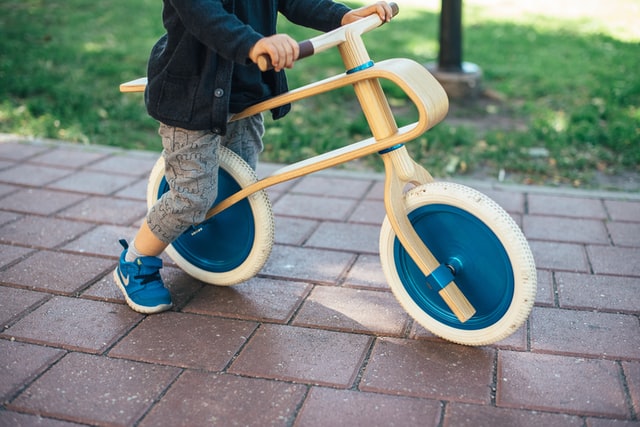
Balance bikes are becoming popular with parents and bike enthusiasts as the best way for children to learn to ride. Many of us adults learned to ride with training wheels. You may remember that method being a scary or frustrating experience for both parent and child. With a balance bike, your child can skip that frustration.
Balance bikes can teach children as young as two the one thing training-wheel bikes can’t: how to balance. On a balance bike, your toddler uses their feet to propel themselves forward and brake. Using this method, children naturally learn how to balance, steer, and counter-steer. They can learn to shift their weight and teach themselves to stay upright while moving forward.
Balance bikes are a great way for children to develop gross motor skills and boost their confidence. Training wheels can be counterintuitive because they prevent children from needed to balance, slowing down learning.
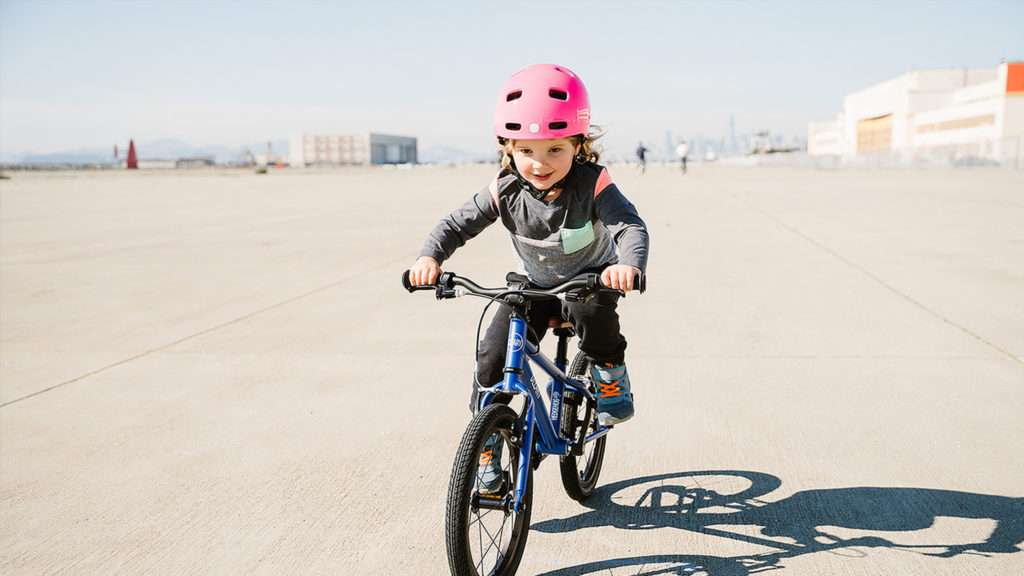
Learning to balance is more challenging to learn than peddling, so once children have learned to use a balance bike, they can head straight to a pedal bike. No training wheels required!
Children can start riding pedal bikes from age two and up. Pedal bikes are heavier than a balance bike, making them more difficult for youngsters to handle. Once a child has learned to balance, they can usually manage a pedal bike, as long as the weight is not too heavy for them physically.
At this young age, a bike that weighs too much is the biggest hindrance to success. So when it’s time for a pedal bike, make sure you get the right size.
Many kids will get started riding indoors on ride-on toys or balance bikes. If your child is only riding inside, then balance bikes with rubberized or foam wheels are a good choice. Avoid plastic wheels that don’t have rubber as these can be slippery indoors and hinder your child’s learning.
Riding inside is often the more accessible and safer place to get started because you have a flat and even surface and a soft landing. But pretty soon, it’s inevitable that you and your child will want to start riding outside.
When it comes time to head outdoors, you’ll need to upgrade your toddler’s bike. Many indoor bikes or ride-on toys are not intended for outdoor use. If you want to ride outside, your child will need a real bike with pneumatic (air) tires rather than foam or plastic. Plastic and foam tires are not suitable for anything more than very mild outdoor use.
If you plan to leave the driveway and hit the park, you will need tires suitable for mixed terrain. You can use real air tires on dirt, gravel, grass, or uneven pavement. Not only will air tires last longer on outdoor surfaces, but they also get better traction, making them a safer choice.
Age groups don’t dictate our bike sizing because no two three-year-olds are the same height and size; every toddler is different and unique. Age groups help point you in the right direction while bike shopping, but it’s best to measure your child and consider these other sizing factors to get the perfect fit.
Cleary recommends every child get measured for their perfect bike. Learning to ride a bike is such a special part of your child’s learning and development, it’s worth measuring to get the sizing right.
A bike must be an appropriate size for your child. The wrong size bike can make learning more difficult and lead to accidents. Don’t make the mistake of sizing up and thinking your child will grow into a bike that’s too big. A slightly smaller bike is actually better for toddlers to learn on because it’s easier for them to handle and control.
Cleary uses an inseam measurement as the first step in choosing a bike size. Parents should measure their child’s inseam, along with the seat height of the bike. Have your child stand against a wall with their back flat against it, then measure the distance in inches from the crotch of your child’s pants all the way down to the floor (not the ankle).
You can then use the inseam measurement to check our bike size chart and narrow down your bike hunt. Most toddlers aged two to four will have an inseam somewhere in the range of 15 – 18 inches. These inseam measurements usually align to a bike model with 12-inch wheels. However, some four-year-olds may be tall enough for a bike with 16-inch wheels.
Even after measuring, you should still have your child sit on a few different bikes and consider the following factors to finalize their size.
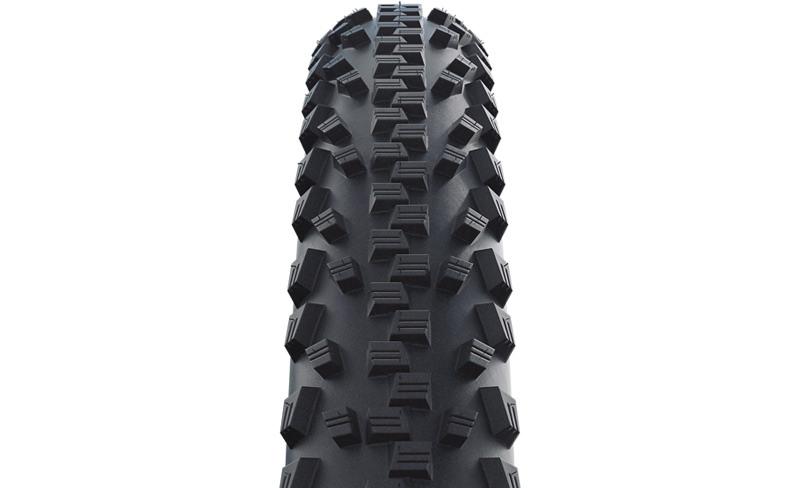
Wheel or tire size should be compared to inseam measurements to judge the right size bike for your child. The old way to measure bikes was by using your child’s height compared to wheel size; however, the size of the bicycle is not determined solely by its wheel size. Consider the following factors alongside wheel height to get the perfect fit.
Bike seat stands are adjustable, and frame sizes can differ from one bike or brand to another. Two bike models with 20-inch wheels can end up fitting your child differently. The seatpost and standover heights vary drastically and can be adjusted.
To check standover height, have your child stand over the bike. Make sure they can stand over the top tube with both feet flat on the ground. If they can’t put their feet down flat, it’s too big.
Children need to be able to sit on the saddle and put their feet flat on the ground to scoot and feel safe when they are first learning. When your little rider is more confident on pedal bikes, you can raise the seat so only their toes can reach the ground.
All two-wheel Cleary bikes are adjustable in the seat and the handlebars. This feature will help you adjust to the perfect height for your child and adjust as he or she grows.
A bike that is too heavy for a child can be dangerous. A child needs a lightweight model they can lift and get on and off easily without being overpowered. Cleary’s bike models are suitable for two to four-year-olds weighing between 15.5 and 17 lbs.
Bikes for 2-to-4 year old’s typically do not come with gears. Gears are a bike feature that requires more maturity than most toddlers possess. Bike gears and speeds will become factors as your child reaches elementary school age, but you should keep things simple for now.
Your child’s first bike may not have pedals. It’s common for children between the age of one and three to start with balance bikes, also known as push bikes. These toy styles of bikes are pedal-less. Learning to ride on a balance bike is a great place to get started and can avoid the need for training wheels on pedal bikes.
If you start your child off with a bike model with pedals, you can remove the cranks and pedals so your child can learn to scoot and glide on the bike first. Pedalling takes some skill, so learning to balance should come first.
Balance bikes or lightweight pedal bikes are the best bikes for toddlers.
Tricycles or bikes that have training wheels are not good bikes for toddlers. These styles make children overly reliant on their parents and can hinder their learning process.
Cleary has five kids’ pedal bike sizes, grouped by wheel diameter sizes. Our children’s bikes are available in 12, 16, 20, 24, and 26 inches. The 12-inch bikes are usually the best fit for children aged two to four. However, some taller or more mature children in this age bracket may be better suited to a 16-inch model.
Every Cleary bike is specially designed for kids to give them a feeling of freedom and adventure on two wheels. If you’re looking for a first or second bike for your toddler, you’ve come to the right place.
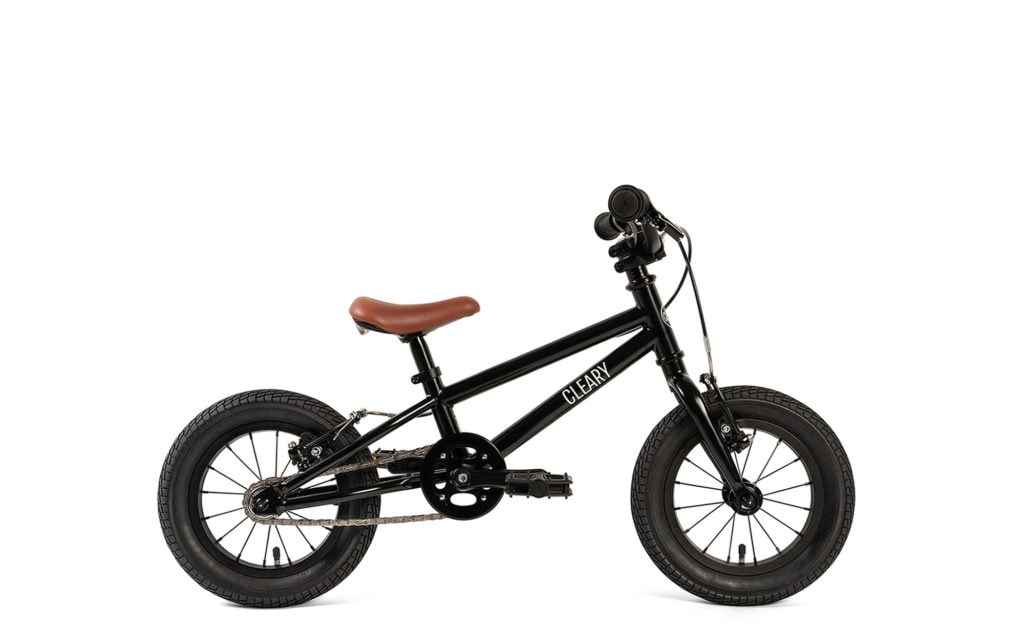
Cleary’s smallest bike is the 12-inch Gecko, a lightweight pedal bike suitable for tiny toddlers from ages two to four. The little Gecko bike allows you and your toddler to make magical memories. It’s many children’s first “real” bike.
You can skip a balance bike and teach your toddler to ride on the Gecko. A 12-inch bike without pedals does double duty as a balance bike equivalent. If your toddler is tall enough to stand over the seat of the Gecko, they can use it as a balance bike.
Our bikes ship without the pedals attached, so just leave those off initially and use the Gecko as a balance bike. The pedals are easy to reattach when your child is more confident and ready to advance to pedals.
The Gecko is the best bike for two-year-olds up to children around four years old. The Gecko fits children with an inseam of 14″ to 18″. Some taller three and four-year-olds may need our next size up.
This model comes in two different weights, the Gecko 12″ Coaster weighs 17 lbs, while the Gecko 12″ Freewheel weighs 15.5 lbs. The Gecko coaster has a coaster brake that uses a backpedalling motion to stop the tires. Alternately, the Gecko freewheel bike doesn’t have a braking mechanism on the wheel but instead utilizes hand brakes only.
Both the coaster and freewheel Gecko models have a single-speed drivetrain, making learning to pedal intuitive and straightforward.
Because the Gecko is our smallest bike designed for our younger riders, we have some extra learning features. There’s a safety handle built into the bottom of the saddle, which allows you to steady the bike while your child learns to get their balance.
The Gecko is a lightweight, safe, and fun first bike for your toddler. Everything about this model is designed to make learning more accessible – as fun and easy as learning to ride a bike should be!
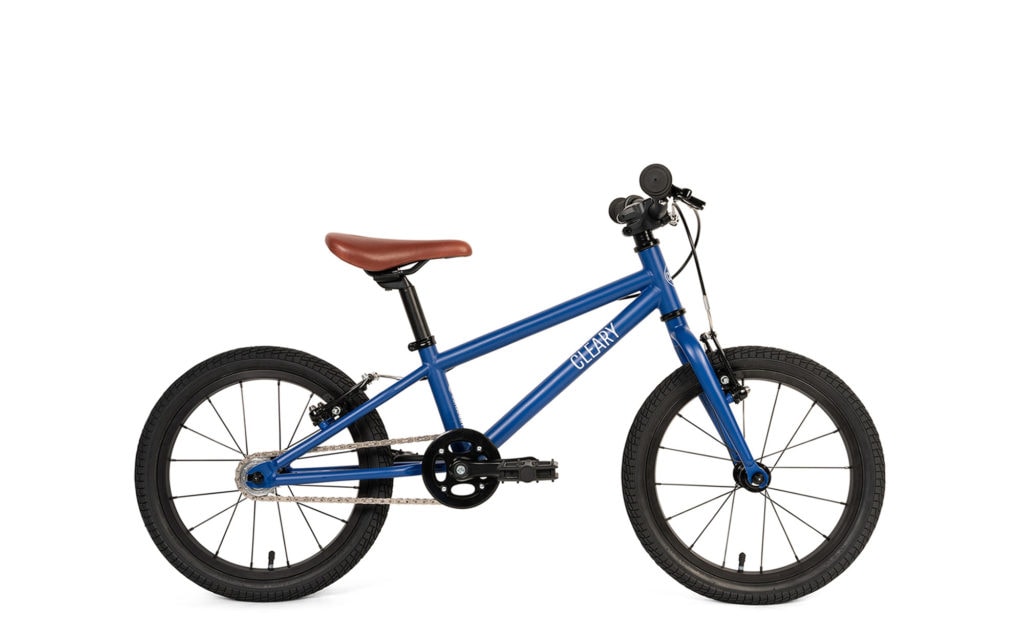
Most first-time two to four-year-old rides will be best suited to the 12-inch Gecko. But age is just a number, and kids grow at all different rates. So, if your toddler is taller, then it might be time for a 16-inch Hedgehog model.
Our Hedgehog model is best suited to young riders who have an inseam of 17″ to 21″. We find the Hedgehog is often a good fit for children aged between three to five years old, depending on their height.
The Hedgehog is a great fit for kids who are a bit more confident on a bike. This bike does have features that make it more advanced and challenging than the 12-inch Gecko.
The Hedgehog is ready for some fun, and this model unlocks a whole new world of riding adventures for your preschooler. This 16-inch bike includes a freewheel, which allows more rideability than a coaster brake model.
The Hedgehog also has hand brakes, which take kids a step closer to an adult bike. Our hand brakes are small and durable- designed for use by little hands.
Hand brakes are a more advanced feature that requires a bit more maturity. However, many balance bikes on the market today come with hand brakes, so your child may have already learned to use this feature before they are tall enough for a Hedgehog. However, it’s always a good idea to have your child practice using the brakes while walking the bike before riding.
There’s a lot to consider before putting your kid on their first set of wheels. But above all, riding a bike should be fun for you and your toddler. We hope this guide will remove any confusion and make choosing your child’s first bike fun!.
Figuring out what bike is best for your 2 to four-year-old really comes down to two primary considerations. The first is whether a bike physically fits your child.
The second is whether the style of bike and its features are suitable for your child’s level of physical and cognitive development. Remember, learning to ride a bike is a process, so try to enjoy the ride!

Kids’ bikes are subject to wear and tear, which is why maintaining them is essential for their longevity and safety. As a parent, you can
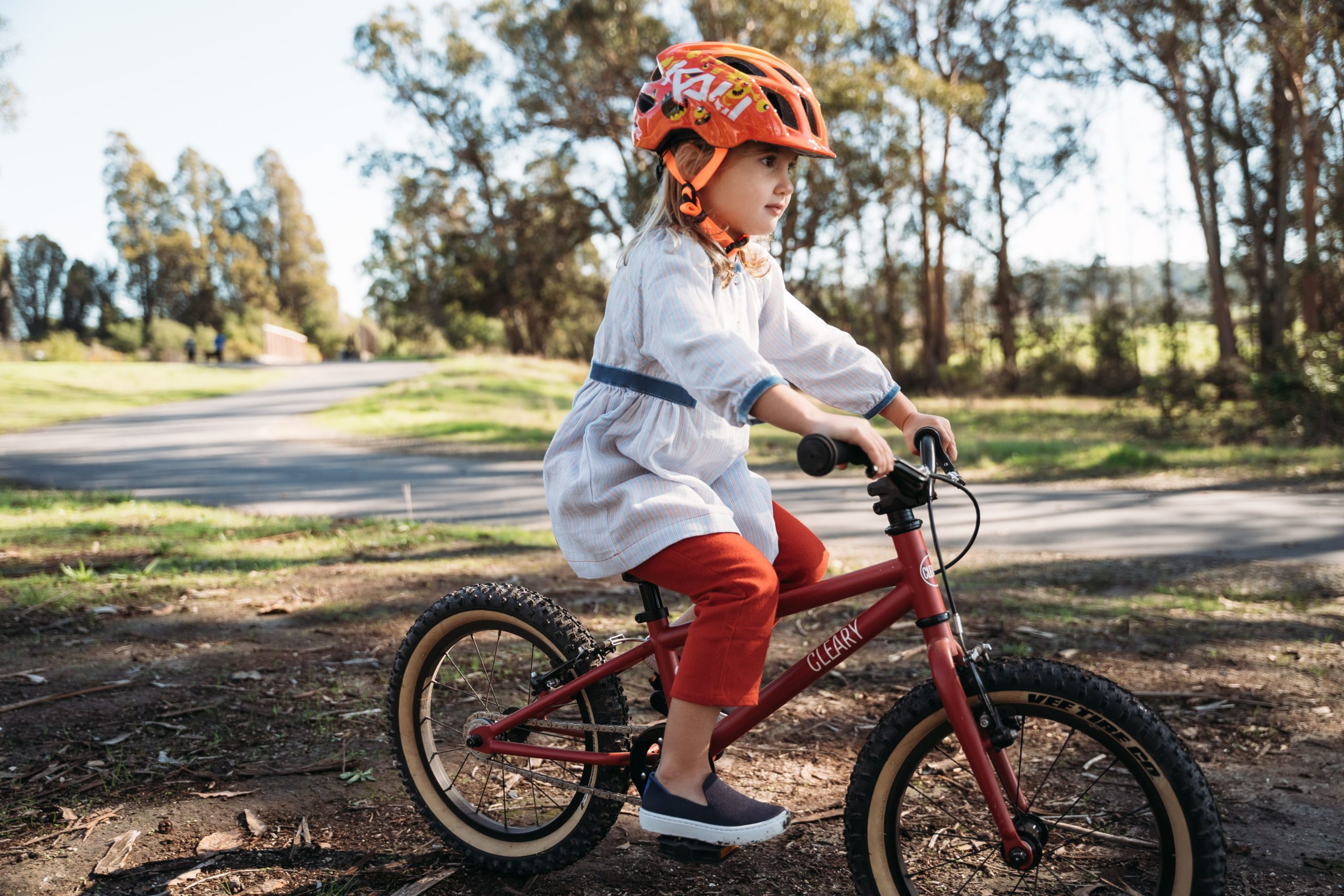
Bikes are a key ingredient in epic childhood adventures. So, choosing a new bike for your kid is a big decision! There are a lot
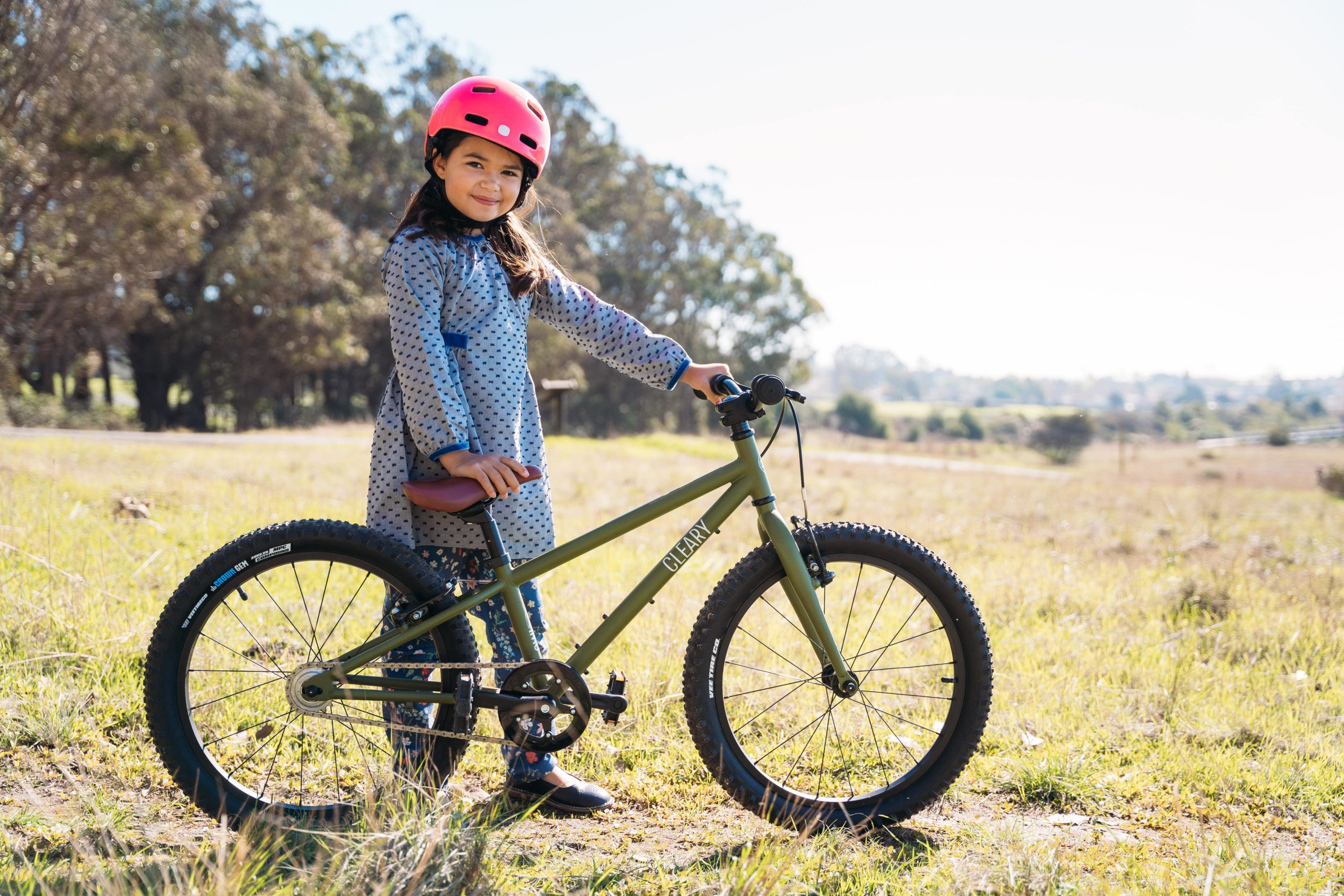
So, your child has been asking for a kids mountain bike? Knowing that they always want the newest toy (novelty is kind of their thing),
Sign up to get tips, tricks, and news for all things kids + cycling.

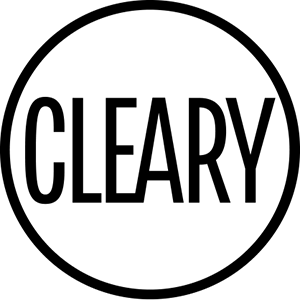
Enter your email and password

Thank you for your interest in ReRide. ✋🏼 We’ve reached our capacity for this year. Please check back early 2024.
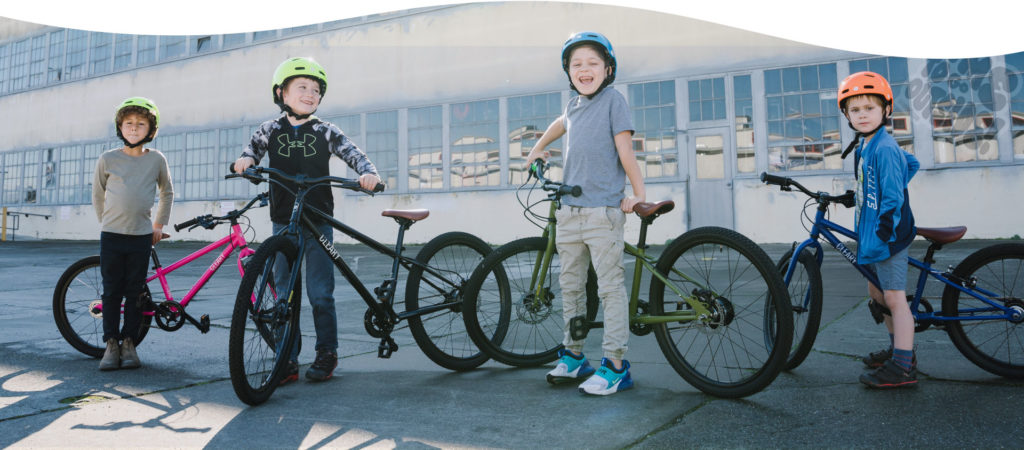
Sale on sale! Use code NewBikeDay to save an additional 15%
During sale periods, please allow up to 7 business days for order processing and shipping.
Sale dates:
Tuesday August 23 – Tuesday August 30 (midnight PST)
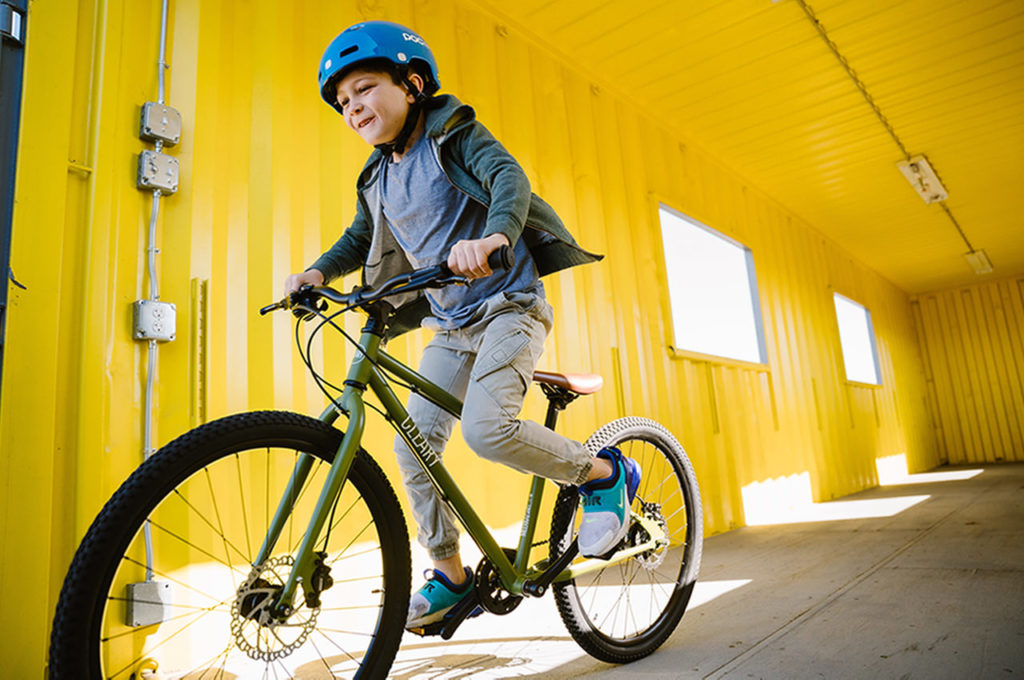
Back to school on our best-selling , do-it-all 24″ Meerkat. Use code
MEERKATSCHOOL
for 10% off plus a sweet Cleary water bottle and cage to keep your grade-schooler hydrated and riding.
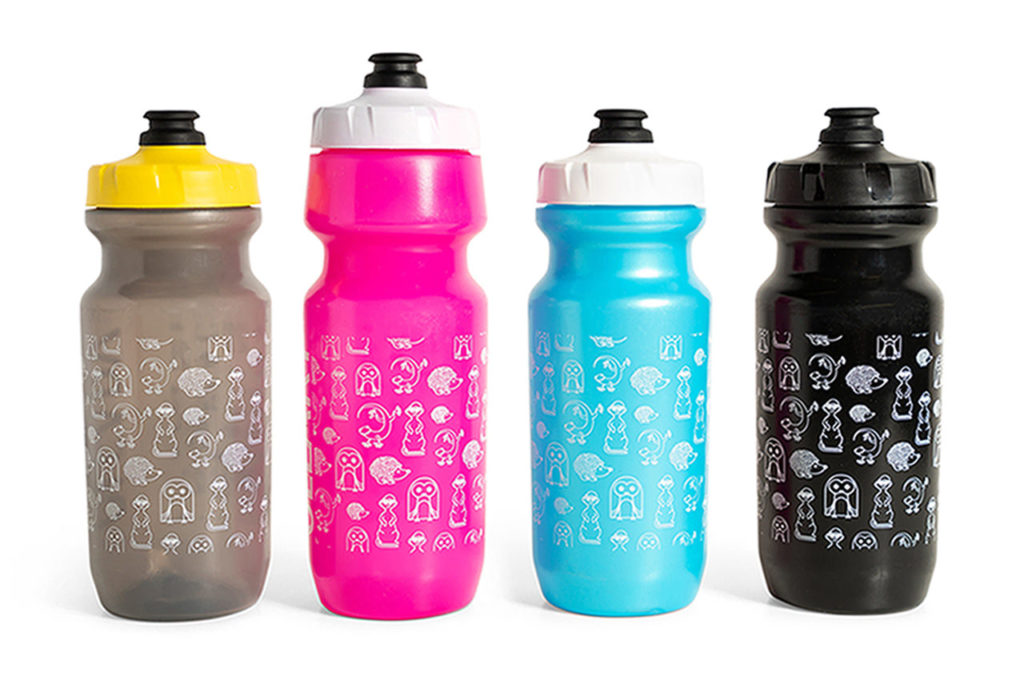
Gear while you wait. Score your rider a FREE t-shirt or jersey of your choice plus a sticker kit when you purchase a bike during the month of May.
Bike on backorder? No worries! We’ll ship your swag right away to get the excitement train rolling.
Select your bike and t-shirt/jersey and enter code BikeMonth2021 at checkout to redeem.
* while supplies last